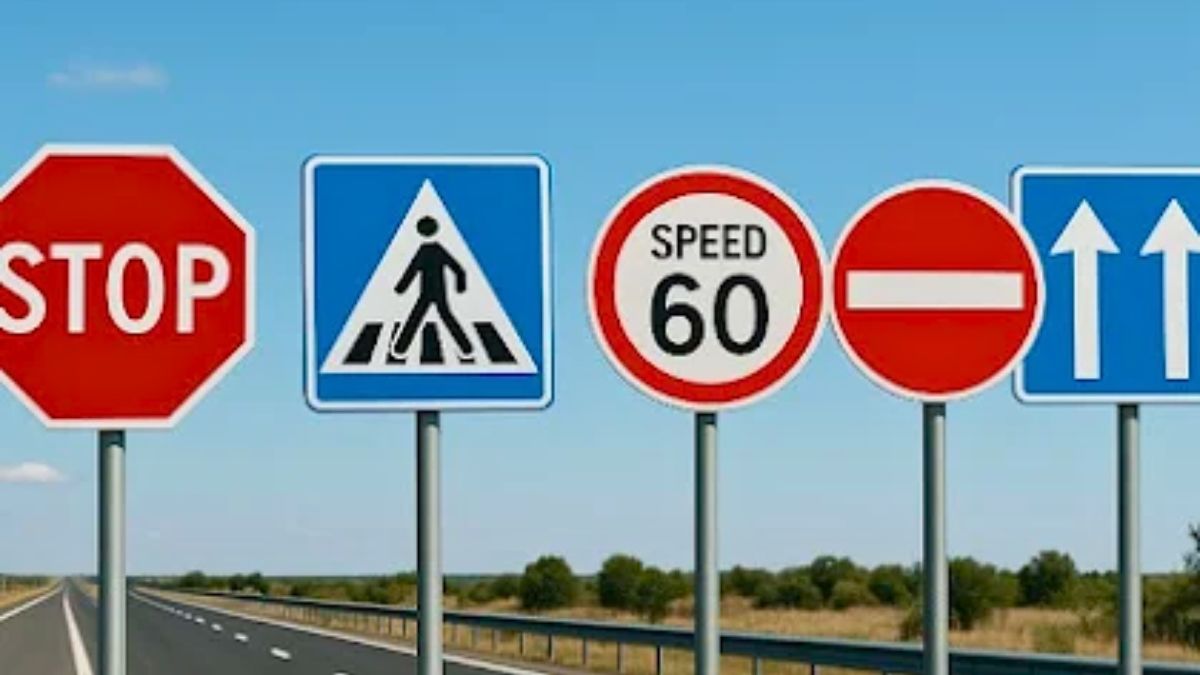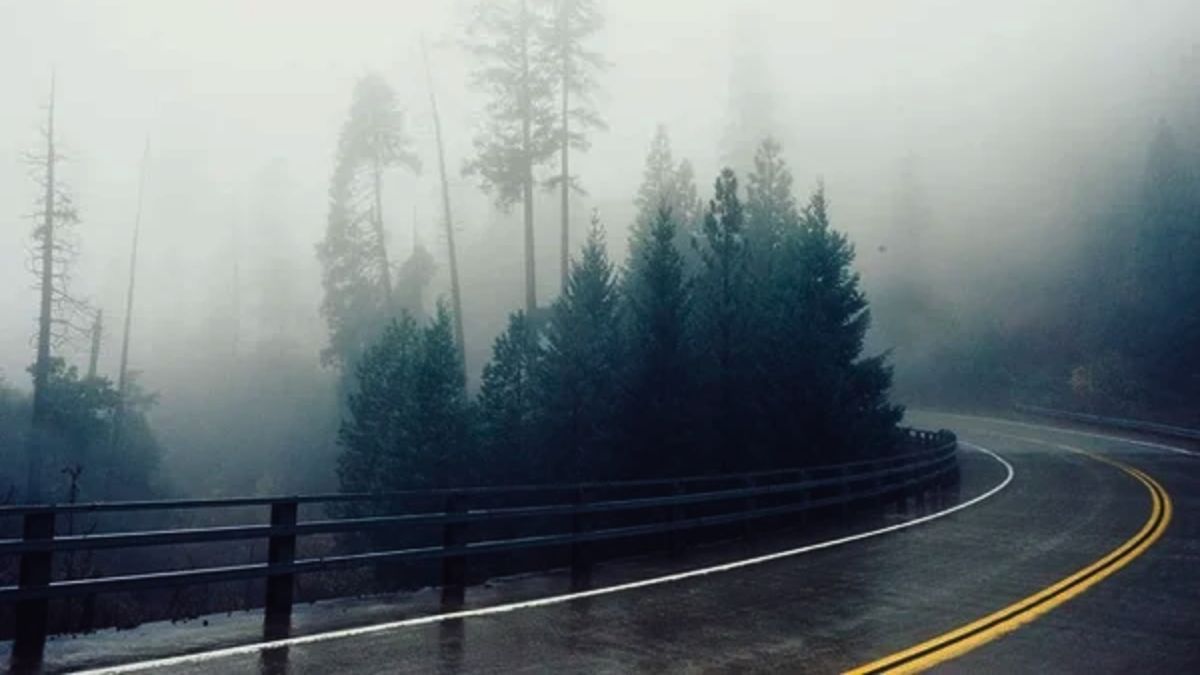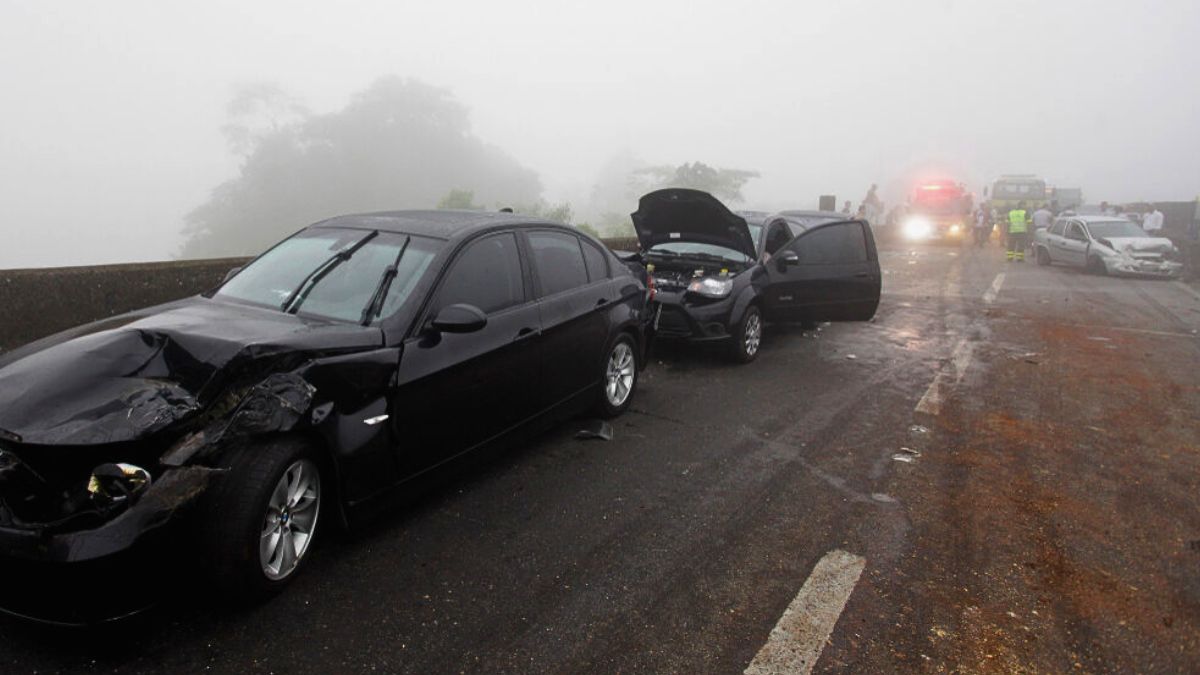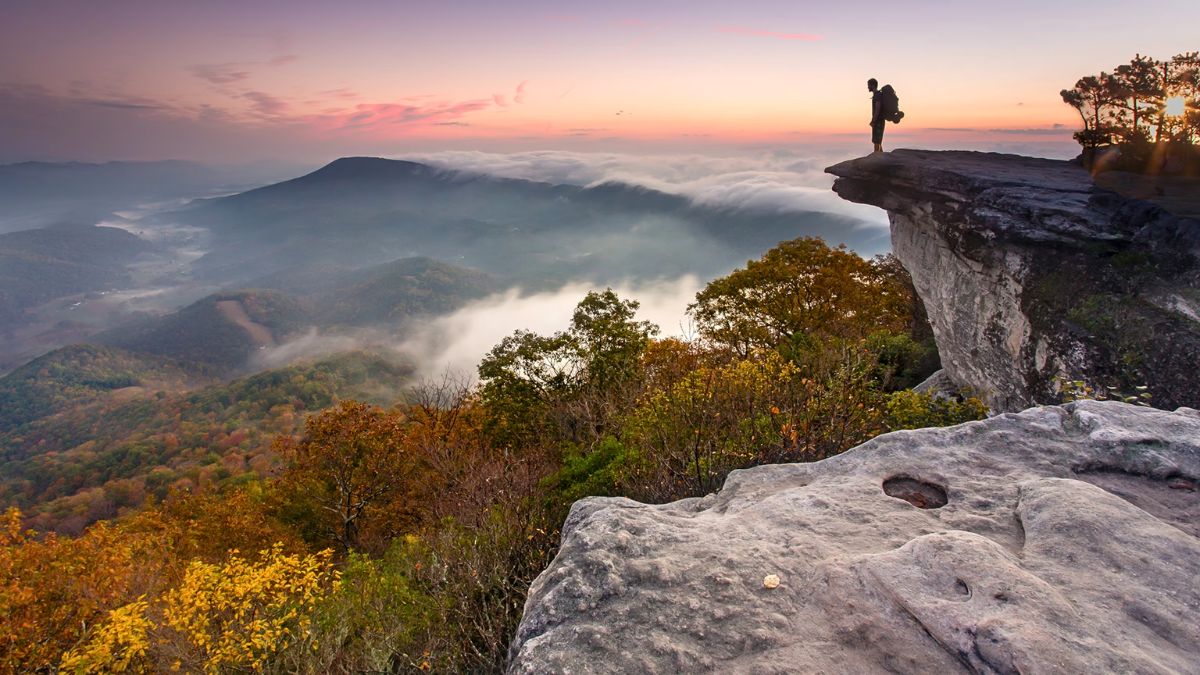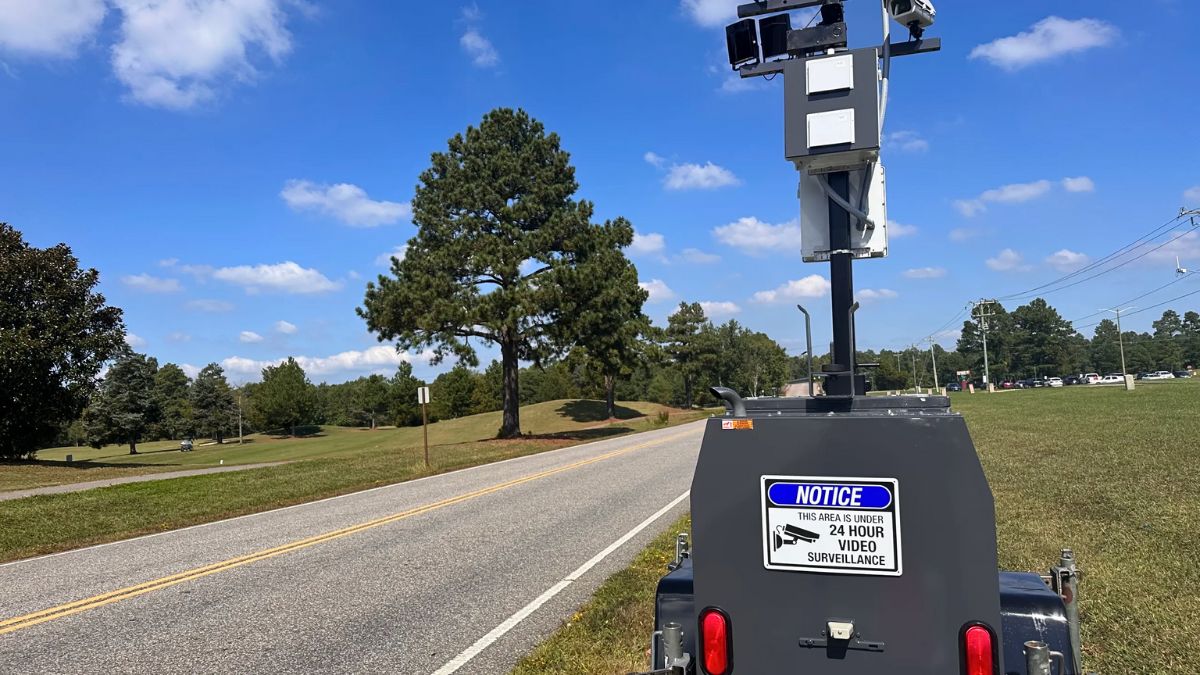Whether you’re a new driver or just brushing up on your road knowledge, understanding road signs is a must. They’re more than colorful shapes on poles—they’re the silent language of the road. Each one gives you vital info to keep traffic flowing and people safe. In this guide, we’ll break down the types of road signs, their meanings, and how to quickly recognize them.
Categories
Road signs are grouped into three major categories: regulatory, warning, and guide signs. Each category has its own colors, shapes, and purposes. Let’s take a look.
| Sign Type | Purpose | Common Colors |
|---|---|---|
| Regulatory | Rules you must follow | Red, white, black |
| Warning | Alerts about conditions ahead | Yellow, orange |
| Guide | Directions, distances, services | Green, blue, brown |
Understanding which category a sign falls into helps you react faster on the road.
Regulatory
These are the law. Ignore them, and you could face a fine—or worse, cause a crash. The most familiar example is the red STOP sign. Others include:
- Speed Limit signs: Show the max legal speed.
- Do Not Enter: Often found at freeway off-ramps or one-way streets.
- Yield: Tells you to give the right of way to others.
- No Parking or No U-Turn: Simple restrictions that are easy to miss if you’re distracted.
Regulatory signs are usually rectangular or circular and use bold text with clear commands.
Warning
Warning signs are there to protect you by giving advance notice of conditions or hazards. Most are yellow and diamond-shaped. Some examples:
- Curve Ahead: Slow down for sharp turns.
- Deer Crossing: Stay alert for animals.
- Slippery When Wet: Indicates potential for reduced traction.
- Merge: Traffic is joining from another lane or road.
Construction zones also use orange warning signs to indicate detours, lane closures, or flaggers ahead.
Guide
Guide signs help you find your way, whether you’re driving through a city or cruising down a highway. These include:
- Exit signs: Tell you when to leave a freeway.
- Mile markers: Help with location tracking, especially in emergencies.
- Destination signs: Show how far you are from cities or points of interest.
- Rest area or gas station signs: Usually in blue, indicating traveler services.
Brown guide signs are used for parks, historic sites, and recreational areas.
Shapes and Colors
Sign shapes and colors aren’t random. They’re designed to be quickly understood, even if you don’t read the text right away.
| Shape | Meaning |
|---|---|
| Octagon | Stop |
| Triangle | Yield |
| Rectangle | Regulatory or guide info |
| Diamond | Warning |
| Circle | Railroad crossing |
| Pentagon | School zone |
Colors also carry meaning:
- Red: Stop or prohibition
- Yellow: Warning
- Green: Directional guidance
- Blue: Services
- Orange: Construction or temporary conditions
- Brown: Recreation or historical interest
International Signs
If you’re traveling abroad, expect some differences. However, many countries follow international standards that make signs similar in shape or design, even if the language changes. Symbols are often used to overcome language barriers.
Tips for Remembering
- Know the shapes first. You can recognize a stop sign even if it’s covered in snow.
- Look for color cues—yellow means caution, red means stop or restriction.
- Pay attention to new signs in construction zones—they often override permanent signs temporarily.
Road signs are your best friend when driving. They help you get where you’re going, avoid hazards, and stay out of trouble. Know to read them quickly, and you’ll be a safer, more confident driver.
FAQs
What does a red road sign mean?
It means stop or prohibition, like STOP or Do Not Enter.
What shape is a yield sign?
A triangle pointing down, usually red and white.
Are brown signs for parks?
Yes, brown signs indicate parks or historic sites.
What do diamond-shaped signs mean?
They’re warnings about road conditions ahead.
What color are guide signs?
Green for directions, blue for services, brown for parks.
